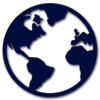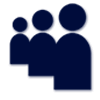

X





Upload your Marketing & Sales content on your company Virtual Booth, click HERE.
Impressions: 7962
https://www.pharmacompass.com/radio-compass-blog/top-pharma-companies-drugs-in-2021-covid-vaccines-pills-cause-churn-in-list
Impressions: 54817
https://www.pharmacompass.com/radio-compass-blog/top-drugs-and-pharmaceutical-companies-of-2019-by-revenues
Impressions: 54817
https://www.pharmacompass.com/radio-compass-blog/top-drugs-and-pharmaceutical-companies-of-2019-by-revenues



